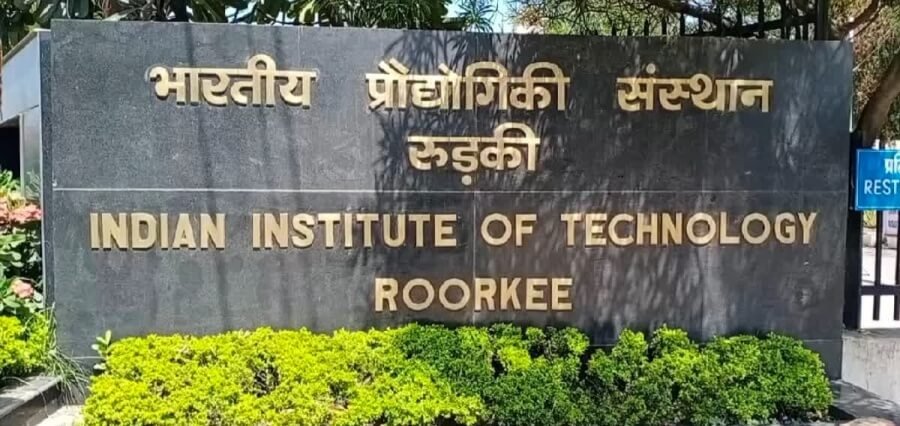The severe acute respiratory syndrome coronavirus 2 (SARS-CoV-2), the pathogen responsible for the coronavirus disease 2019 (COVID-19), has been associated with the manifestation of adverse pulmonary conditions, such as pneumonia and acute respiratory distress syndrome (ARDS). A recent study published in Nature Communications identifies ferroptosis as a major cell death mechanism underlying COVID-19 lung disease.
The pulmonary effects of SARS-CoV-2 infection are multifaceted, encompassing both acute and non-acute damage. Severely infected COVID-19 patients often develop ARDS, which is characterized by high mortality and poor prognosis. The lung histology of patients with ARDS indicates acute lung injury (ALI), particularly diffuse alveolar damage (DAD). The early stage of ARDS is marked by edema, hyaline membranes, and fibrosis. Non-acute lung injury (non-ALI) in COVID-19 patients includes microthrombi and pulmonary vascular congestion with hemangiomatosis-like changes.
The pulmonary pathology of COVID-19 has been linked to host inflammatory responses, including the cytokine storm and viral infection damage. Chronic immune responses induced by macrophages and neutrophils exacerbate pulmonary tissue damage. Furthermore, immune cells lead to the release of reactive oxygen species and free radicals, thereby causing oxidative injury.
Although various supportive treatments, such as mechanical ventilation and intubation, are used to alleviate the pulmonary symptoms of COVID-19, there is no specific cure for this disease. As a result, patients with COVID-19 ARDS are often treated with a combination of anti-inflammatory and anti-viral medications. In addition to protease inhibitors, immunomodulatory drugs, such as interleukin 6 (IL-6) receptor inhibitors and corticosteroids, have improved survival rates among severely infected patients.
Ferroptosis, an iron-dependent non-apoptotic form of cell death, is characterized by extensive peroxidation of phospholipids containing polyunsaturated fatty acyl tails (PL-PUFAs). Lipid peroxidation adversely impacts the cellular repair system, particularly the ferroptosis suppressor protein 1 (FSP1), glutathione peroxidase 4 (GPX4) pathway, and GTP cyclohydrolase 1 (GCH1) pathway, ultimately leading to cell death.
Read More: Click Here





